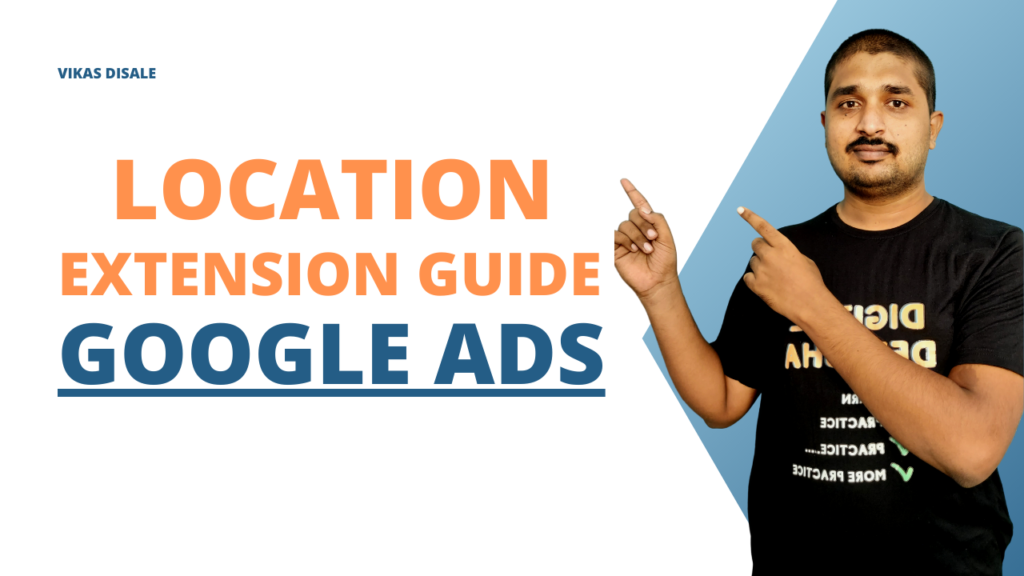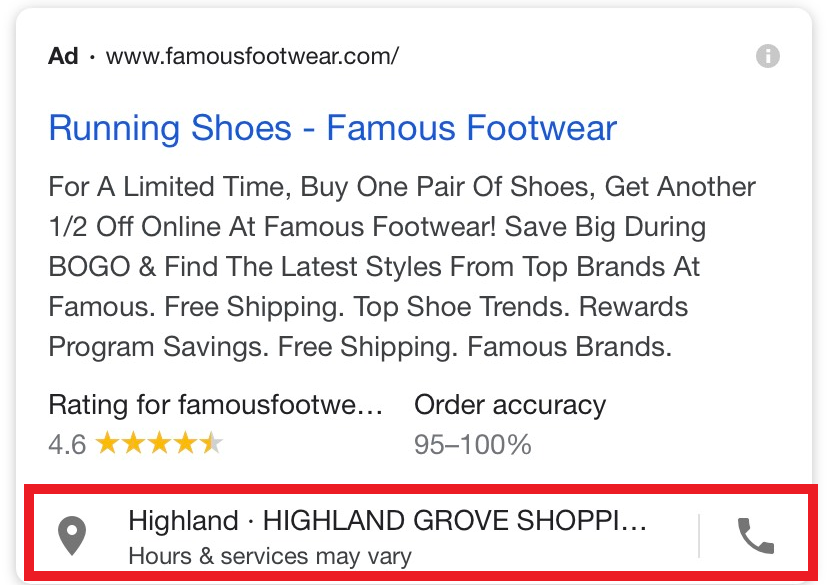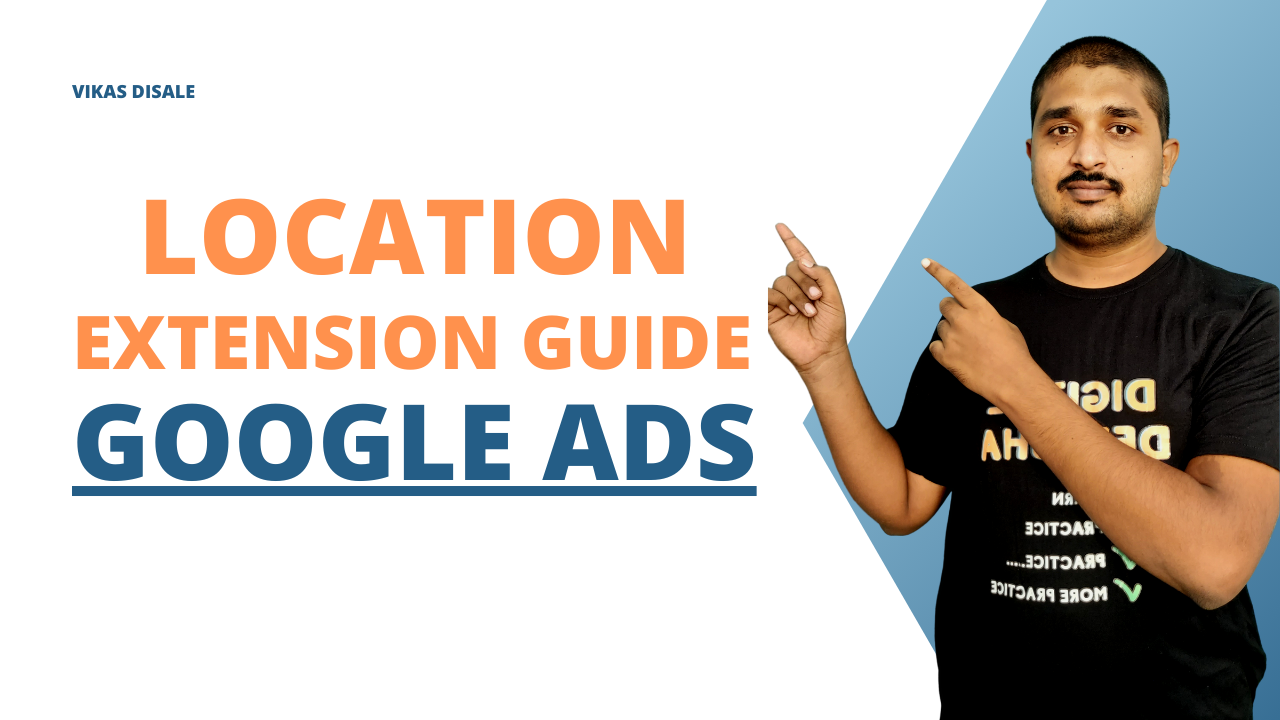
Is your local business visible to potential customers? How can you do this?
One of the best ways to do this is to use Google Ads Location Extensions. This powerful tool can help you reach customers who are searching for businesses like yours in their local area.
Whether you’re a small business owner looking to attract foot traffic or a national chain aiming to target customers across multiple locations, our guide will definitely help you to grow traffic to your Business.
In this blog post, we’ll provide you with a comprehensive guide to Google Ads Location Extensions.
We’ll cover everything you need to know to get started, including how to create and manage your extensions, as well as how to track their performance.
Table of Contents
What is Google Ads Location Extension?
Google Ads location extensions are a type of ad extension that allows businesses to display their business locations alongside their search ads.
This feature proves particularly beneficial for establishments like stores and restaurants, enabling users to effortlessly view their address, phone number, and business hours directly on search results pages.
By providing this readily accessible information, Location Extensions encourage users to visit the business in person, driving foot traffic and boosting sales.
Furthermore, Location Extensions amplify the visibility of Google My Business listings, which are crucial for local search optimization.
When users click on a Location Extension, they are directed to the corresponding Google My Business listing, further enhancing the business’s online presence and reputation.

Location extensions can be added to campaigns for Search, Display, and Shopping networks. To add a location extension, you will need to provide your business address and phone number.
You can also specify whether you want to show your business hours, and you can add a link to your Google My Business profile.
When to use Location Extension in Google Ads?
You should use Google Ads location extensions when you have a physical location that you want to promote to potential customers.
This could be a store, restaurant, office, or any other type of business that has a physical address.
Here are some specific examples of when you might want to use location extensions:
- You have a brick-and-mortar store and want to increase foot traffic. Location extensions are a great way to make sure your business shows up in local search results, which can help people find your store and decide to visit.
- You offer a service that requires in-person appointments, such as hair styling or dental care. Location extensions can help potential customers find your business and book appointments.
- You have multiple locations and want to promote all of them. Location extensions allow you to display your address, phone number, and business hours for each of your locations.
- You are running a local campaign and want to target people who are physically near your business. Location extensions can help you reach people who are most likely to be interested in your products or services.
- You want to increase the visibility of your Google My Business listing. When you use location extensions, your Google My Business listing will also appear alongside your ads.
Also there are many more businesses that can benefit from using Google Ads location extensions Like:
- Restaurants
- Retail stores
- Service providers
- Event venues
- Medical offices
- Real estate agents
Benefits of using Google Ads location extensions:
- Increase visibility for your business: Location extensions can help to increase the visibility of your business on the search results page. This can lead to more people seeing your ads and clicking on them.
- Generate more leads and sales: Location extensions can help to generate more leads and sales for your business. This is because people who see your ads with location extensions are more likely to visit your business or call your store.
- Improve customer engagement: Location extensions can help to improve customer engagement by providing users with easy access to your business hours, phone number, and address. This can make it easier for people to find your business and contact you.
- Improved click-through rate: People who are interested in your business are more likely to click on your ad if they can see your location information.
- Increased foot traffic: Location extensions can help you drive more people to your physical location.
How to add Location Extension in Google Ads?
To add a location extension to your Google Ads account, follow these steps:
- Sign in to your Google Ads account.
- Click Campaigns.
- Select the campaign that you want to add a location extension to.
- Click Extensions.
- Click the + button and select Location extensions.
- Enter your business address, phone number, and business hours.
- Select the countries that you want to show your location extensions in.
- Click Save.
Once you have added a location extension to your campaign, it will start to show alongside your search ads. You can track the performance of your location extensions by clicking on the Extensions tab in your campaign settings.
Tips for using Google Ads location extensions effectively:
- Make sure your business information is accurate and up-to-date.
- Use a variety of keywords in your ad text to target people who are searching for businesses like yours.
- Use a strong call to action in your ad text to encourage people to click on it.
- Track the performance of your location extensions and make adjustments as needed.
Conclusion
Overall, Google Ads location extensions are a powerful tool that can help businesses to increase visibility, generate leads, and improve customer engagement. By following the tips above, you can use location extensions to get the most out of your Google Ads campaigns.
Vikas Disale is Digital Marketer and practicing SEO, Social Media, Paid Ads since 2011. Vikas like to share his knowledge via Podcast, YouTube videos.
